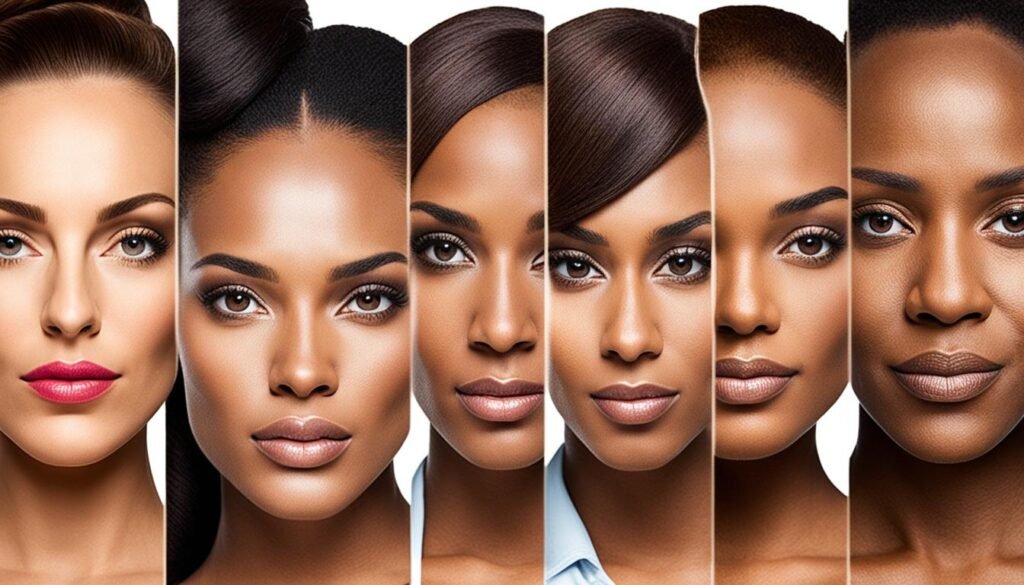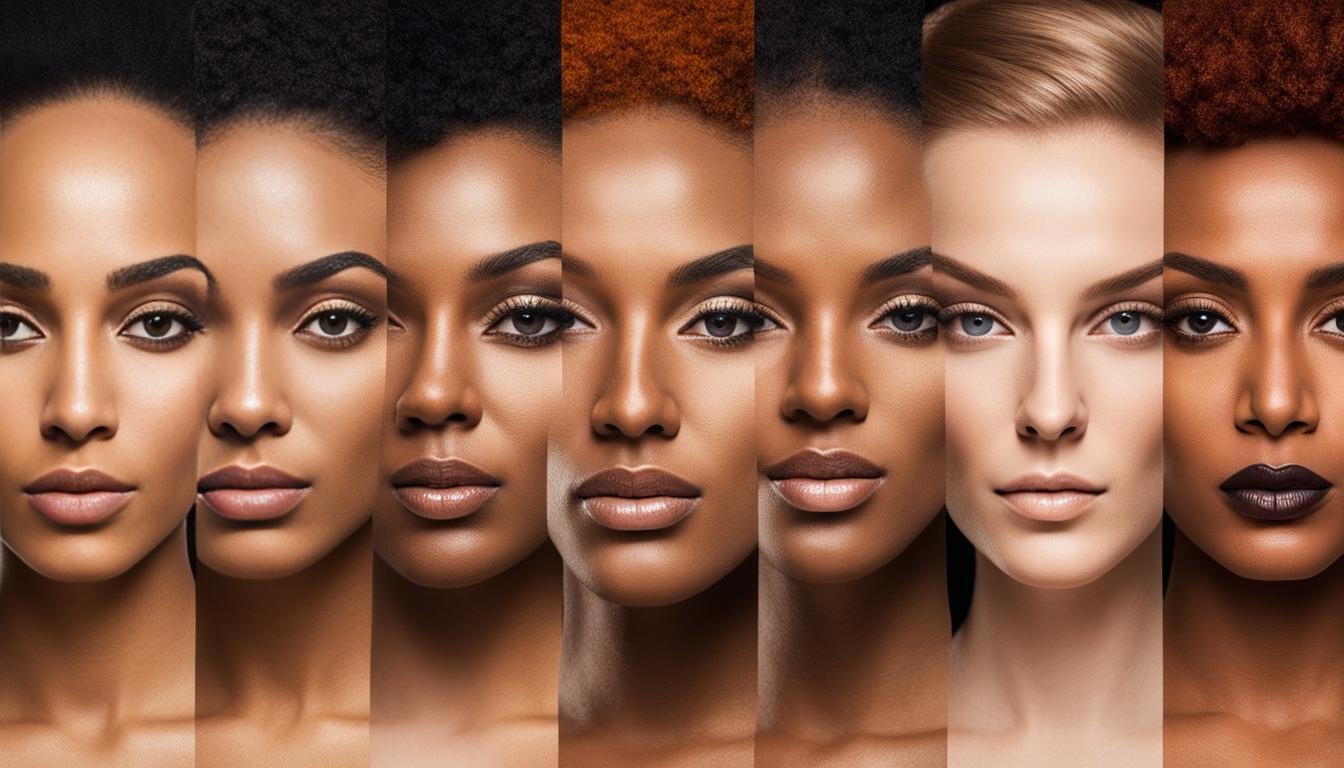How do you use Colourism in a sentence?
Welcome to our article on Colourism! Have you ever wondered what Colourism really means and how it affects individuals and societies? Colourism is a concept that goes beyond surface-level appearance and delves into the systemic biases that favor lighter skin tones over darker ones. In this article, we will explore the definition, origin, and examples of Colourism, shedding light on this deeply rooted social issue. So, let’s dive in and uncover the complexities of Colourism together!
Key Takeaways:
- Colourism refers to social exclusion based on skin tone.
- It has its roots in European colonial and imperial history.
- Colourism perpetuates biases and stereotypes.
- Examples of Colourism can be observed in various contexts.
- Recognizing and addressing Colourism is crucial for promoting equality.
The Impact of Colourism in Society
Colourism has a profound impact on individuals and society as a whole. It influences the way people perceive, interact, and treat others based on their skin color. Implicit biases rooted in the societal preference for lighter skin tones contribute to the discrimination and unequal treatment faced by those with darker complexions.
Colourism is not limited to personal interactions; it is prevalent in various industries that influence societal standards and perceptions. For instance, in television and film, casting preferences often favor light-skinned individuals, perpetuating the notion that lighter skin is more desirable and attractive. This bias can contribute to a lack of representation and limited opportunities for individuals with darker skin tones.
The impact of Colourism extends beyond individual experiences, shaping societal beauty standards and perpetuating discrimination and inequality. The ongoing debate surrounding Colourism prompts discussions about the harmful consequences it has on individuals’ well-being and opportunities.
“Colourism impacts the way we see ourselves and others, influencing our self-esteem and sense of belonging in society. It is crucial to address and challenge this issue to foster inclusivity and equality.”
Understanding the impact of Colourism in society is essential for creating a more equitable and fair environment. By acknowledging the biases rooted in Colourism and actively working towards dismantling them, we can strive towards a more inclusive and accepting society for all individuals, regardless of their skin color.
| Effects of Colourism | Examples |
|---|---|
| Discrimination | – Employment opportunities – Education access – Housing |
| Psychological impact | – Lower self-esteem – Body image issues |
| Media representation | – Lighter skin preference in ads – Limited representation of darker-skinned individuals |
| Beauty standards | – Narrow definition of beauty based on lighter skin tones |
Examples of Colourism
Colourism manifests in various contexts, with numerous examples illustrating its impact on individuals and communities. Let’s explore some instances of Colourism that highlight its widespread nature and detrimental effects.
1. Colourism within the Black Community
Colourism is prevalent within the Black community, where social exclusion based on skin tone persists. Dark-skinned individuals often face prejudice and discrimination, while those with lighter skin tones are favored and considered more desirable. This deeply ingrained bias perpetuates harmful stereotypes and hinders progress towards equality.
2. Hair Discrimination
Another form of Colourism is hair discrimination, which affects individuals’ mental, emotional, and physical well-being. Negative experiences related to natural hair, such as textured or afro hair, can lead to self-doubt, diminished confidence, and even stress-related health conditions. This discrimination reinforces societal beauty standards that prioritize Eurocentric features, further marginalizing individuals with diverse hair textures.
3. Colourism in the Media Industry
The media industry plays a significant role in perpetuating Colourism. Casting preferences often prioritize lighter-skinned actors and actresses, leading to limited representation for individuals with darker skin tones. This skewed portrayal reinforces biases and sends the message that certain skin tones are more desirable or marketable, further marginalizing darker-skinned individuals.

These examples serve as a reminder of the pervasive nature and damaging consequences of Colourism. By shedding light on these instances, we can raise awareness, challenge societal norms, and work towards creating a more inclusive and equitable society.
Conclusion
Colourism, defined as the social exclusion based on skin tone, is a deeply rooted issue that affects individuals and societies worldwide. Stemming from historical and societal biases, it perpetuates stereotypes, prejudices, and discrimination favoring lighter skin tones over darker ones.
Recognizing the existence and impact of Colourism is crucial for promoting equality and inclusivity. By openly discussing Colourism and utilizing its definition, we can shed light on the origins of this issue and its pervasive nature. Addressing Colourism requires acknowledging implicit biases and actively working towards dismantling discriminatory practices.
Through this exploration of Colourism and its meaning, we aim to foster awareness and meaningful conversations about this important topic. By challenging societal standards and promoting diverse representations of beauty, we can create a more inclusive future. Our collective efforts can lead to a society where every individual is valued for their unique identity, regardless of their skin tone.






